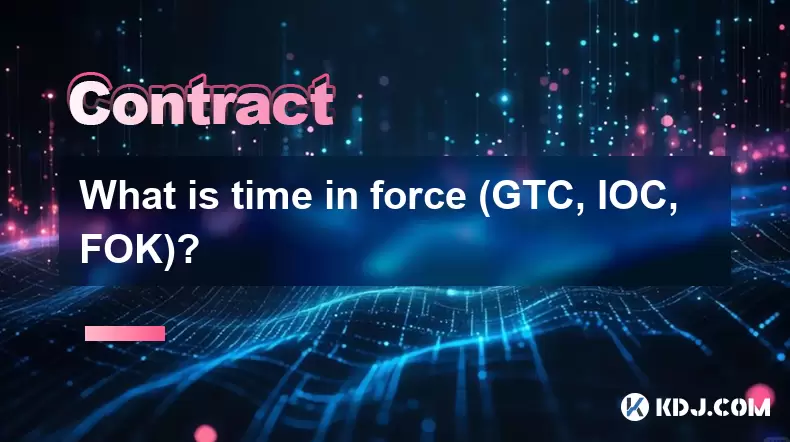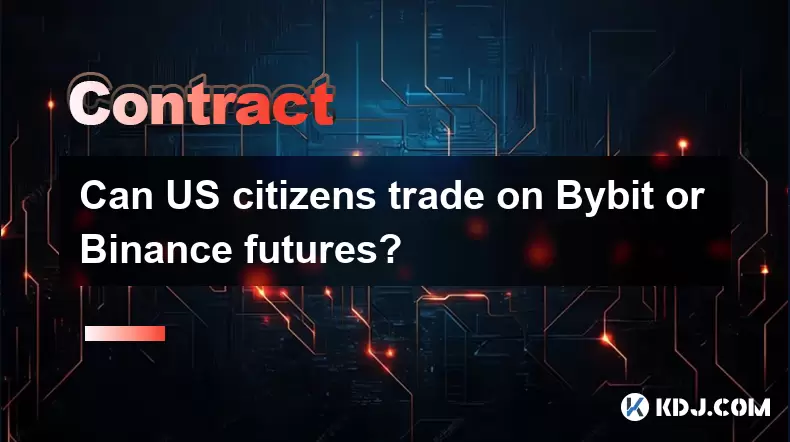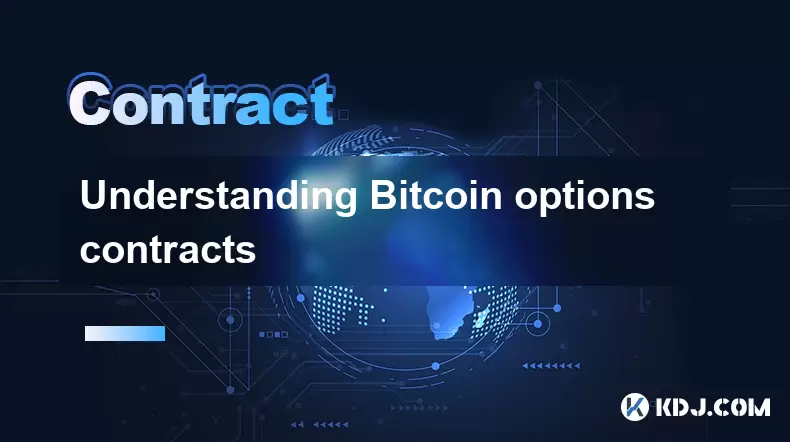-
 Bitcoin
Bitcoin $118100
-0.44% -
 Ethereum
Ethereum $3585
5.43% -
 XRP
XRP $3.434
5.65% -
 Tether USDt
Tether USDt $1.000
0.02% -
 BNB
BNB $743.8
3.89% -
 Solana
Solana $178.7
3.84% -
 USDC
USDC $1.000
0.03% -
 Dogecoin
Dogecoin $0.2381
12.81% -
 TRON
TRON $0.3270
3.62% -
 Cardano
Cardano $0.8315
4.93% -
 Hyperliquid
Hyperliquid $44.51
-4.42% -
 Stellar
Stellar $0.4710
1.52% -
 Sui
Sui $3.896
-2.51% -
 Chainlink
Chainlink $18.09
6.98% -
 Hedera
Hedera $0.2681
9.31% -
 Bitcoin Cash
Bitcoin Cash $516.7
4.83% -
 Avalanche
Avalanche $23.95
6.96% -
 Shiba Inu
Shiba Inu $0.00001490
5.67% -
 UNUS SED LEO
UNUS SED LEO $8.966
0.80% -
 Toncoin
Toncoin $3.294
4.39% -
 Litecoin
Litecoin $105.4
4.69% -
 Polkadot
Polkadot $4.356
5.30% -
 Uniswap
Uniswap $10.29
17.25% -
 Monero
Monero $327.9
-3.04% -
 Bitget Token
Bitget Token $4.942
4.33% -
 Ethena USDe
Ethena USDe $1.001
0.08% -
 Pepe
Pepe $0.00001348
2.17% -
 Dai
Dai $1.000
0.02% -
 Aave
Aave $320.8
0.58% -
 Bittensor
Bittensor $411.8
-4.07%
Example of a Bitcoin futures trade
Bitcoin futures allow traders to speculate on BTC's price using leverage, with contracts offering set expiration dates or perpetual terms, and profits determined by price movements and position size.
Jul 19, 2025 at 12:43 am

Understanding Bitcoin Futures Trading
Bitcoin futures trading is a financial instrument that allows investors to speculate on the future price of Bitcoin without actually owning the underlying asset. This type of trading is conducted on regulated exchanges such as CME Group and Binance Futures, where traders can go long (betting on price increases) or go short (betting on price declines). A futures contract has a predetermined price and expiration date, and the trader's profit or loss is determined by the difference between the entry and exit prices.
One of the key features of Bitcoin futures is leverage, which enables traders to control a larger position with a smaller amount of capital. However, leverage also increases the risk of liquidation, making it crucial for traders to understand risk management before entering the market.
Setting Up a Futures Trading Account
Before placing a Bitcoin futures trade, a trader must first set up an account on a futures exchange. Here are the essential steps:
- Register and complete KYC verification: Most platforms require identity verification to comply with regulatory standards.
- Deposit funds into the futures wallet: Traders can deposit either fiat currency or cryptocurrency, depending on the exchange.
- Navigate to the futures trading section: Locate the Bitcoin futures market and choose the contract type (perpetual or quarterly).
- Select the leverage level: Leverage options typically range from 1x to 125x, depending on the exchange and trading pair.
Once the account is properly set up and funds are available, traders can proceed with placing orders.
Analyzing the Market Before Entry
Before entering a Bitcoin futures trade, it's essential to perform a thorough market analysis. This includes both technical analysis and fundamental analysis. Technical analysis involves studying price charts, volume, and indicators like RSI and MACD, while fundamental analysis considers news events, regulatory developments, and macroeconomic factors.
Traders often use support and resistance levels to determine potential entry and exit points. For example, if Bitcoin is approaching a strong resistance level and shows signs of rejection (like a bearish candlestick pattern), a trader might consider entering a short position.
Another key consideration is market sentiment, which can be gauged through tools like the Bitcoin Fear & Greed Index or social media trends.
Executing a Bitcoin Futures Trade
Let’s walk through a practical example of a Bitcoin futures trade:
- Scenario: A trader believes Bitcoin will rise from its current price of $30,000 to $32,000 within the next week.
- Step 1: Select contract type – The trader chooses a perpetual futures contract on Binance.
- Step 2: Set leverage – The trader sets leverage at 10x.
- Step 3: Determine position size – With a $1,000 trading capital, the trader opens a long position worth $10,000.
- Step 4: Place order – The trader uses a limit order to enter the market at $30,000.
- Step 5: Set stop-loss and take-profit – To manage risk, the trader sets a stop-loss at $29,000 and a take-profit at $32,000.
If the price reaches $32,000, the trader earns a 20% return on the initial $1,000 investment, even though Bitcoin only moved 6.6% in price due to the effect of leverage.
Monitoring and Managing the Trade
After entering a trade, active position monitoring is necessary. Traders should keep an eye on funding rates in perpetual contracts, which are periodic payments exchanged between long and short positions. These rates fluctuate based on market conditions and can impact profitability over time.
In addition, traders must monitor liquidation levels. If the price drops to $29,000, the stop-loss order will trigger, closing the position and limiting the loss to $1,000. However, in highly volatile markets, slippage may occur, causing the actual exit price to differ from the expected level.
Traders can also choose to adjust their take-profit or stop-loss levels as the market moves in their favor, a strategy known as trailing stops.
Common Questions About Bitcoin Futures Trading
Q: What is the difference between perpetual and quarterly futures contracts?
A: Perpetual contracts have no expiration date and rely on funding rates to keep the price close to the spot market. Quarterly contracts expire on a specific date, usually the last Friday of the quarter.
Q: Can I trade Bitcoin futures with USDT as collateral?
A: Yes, many exchanges allow USDT-margined futures contracts, which offer more flexibility and reduce exposure to crypto-to-fiat volatility.
Q: How is profit calculated in Bitcoin futures?
A: Profit is calculated based on the difference between entry and exit prices, multiplied by the position size and adjusted for leverage and fees.
Q: What happens if my position gets liquidated?
A: When a trade moves against you and reaches the liquidation price, the exchange automatically closes the position to prevent further losses. Some platforms may charge a liquidation fee in this process.
Disclaimer:info@kdj.com
The information provided is not trading advice. kdj.com does not assume any responsibility for any investments made based on the information provided in this article. Cryptocurrencies are highly volatile and it is highly recommended that you invest with caution after thorough research!
If you believe that the content used on this website infringes your copyright, please contact us immediately (info@kdj.com) and we will delete it promptly.
- Altcoins, Ethereum, and SharpLink: A New Era in Crypto Investment?
- 2025-07-19 09:15:12
- Coin Shop Homicide: Guilty Verdict After Decade-Long Wait
- 2025-07-19 08:50:13
- Ethereum's Ether Surge: Riding High at $3,700 – What's Fueling the Rally?
- 2025-07-19 09:15:12
- Shiba Inu, Pepe, and the Token Rally: What's Next for Meme Coins?
- 2025-07-19 08:50:13
- BlockDAG, XRP, and the Quest for Higher Returns: A 2025 Crypto Deep Dive
- 2025-07-19 09:15:14
- PEPE Coin, Ozak AI, and Crypto Analysis: Riding the Meme Wave to Potential Gains
- 2025-07-19 09:15:14
Related knowledge

What is a maker vs a taker fee?
Jul 19,2025 at 01:14am
Understanding the Basics of Cryptocurrency Exchange FeesIn the world of cryptocurrency trading, maker vs taker fees are a fundamental concept that eve...

What is time in force (GTC, IOC, FOK)?
Jul 19,2025 at 08:57am
Understanding Time in Force in Cryptocurrency TradingIn the world of cryptocurrency trading, the Time in Force (TIF) is a crucial parameter that deter...

What is a partial liquidation?
Jul 19,2025 at 01:49am
Understanding the Basics of Partial LiquidationIn the world of cryptocurrency trading, especially within leveraged positions, partial liquidation refe...

Example of a Bitcoin futures trade
Jul 19,2025 at 12:43am
Understanding Bitcoin Futures TradingBitcoin futures trading is a financial instrument that allows investors to speculate on the future price of Bitco...

Can US citizens trade on Bybit or Binance futures?
Jul 18,2025 at 10:14pm
Understanding the Legal Status of US Citizens on Global Crypto ExchangesThe question of whether US citizens can trade on Bybit or Binance futures is o...

Understanding Bitcoin options contracts
Jul 18,2025 at 10:56pm
What Are Bitcoin Options Contracts?Bitcoin options contracts are financial derivatives that allow traders to speculate on the future price of Bitcoin ...

What is a maker vs a taker fee?
Jul 19,2025 at 01:14am
Understanding the Basics of Cryptocurrency Exchange FeesIn the world of cryptocurrency trading, maker vs taker fees are a fundamental concept that eve...

What is time in force (GTC, IOC, FOK)?
Jul 19,2025 at 08:57am
Understanding Time in Force in Cryptocurrency TradingIn the world of cryptocurrency trading, the Time in Force (TIF) is a crucial parameter that deter...

What is a partial liquidation?
Jul 19,2025 at 01:49am
Understanding the Basics of Partial LiquidationIn the world of cryptocurrency trading, especially within leveraged positions, partial liquidation refe...

Example of a Bitcoin futures trade
Jul 19,2025 at 12:43am
Understanding Bitcoin Futures TradingBitcoin futures trading is a financial instrument that allows investors to speculate on the future price of Bitco...

Can US citizens trade on Bybit or Binance futures?
Jul 18,2025 at 10:14pm
Understanding the Legal Status of US Citizens on Global Crypto ExchangesThe question of whether US citizens can trade on Bybit or Binance futures is o...

Understanding Bitcoin options contracts
Jul 18,2025 at 10:56pm
What Are Bitcoin Options Contracts?Bitcoin options contracts are financial derivatives that allow traders to speculate on the future price of Bitcoin ...
See all articles

























































































